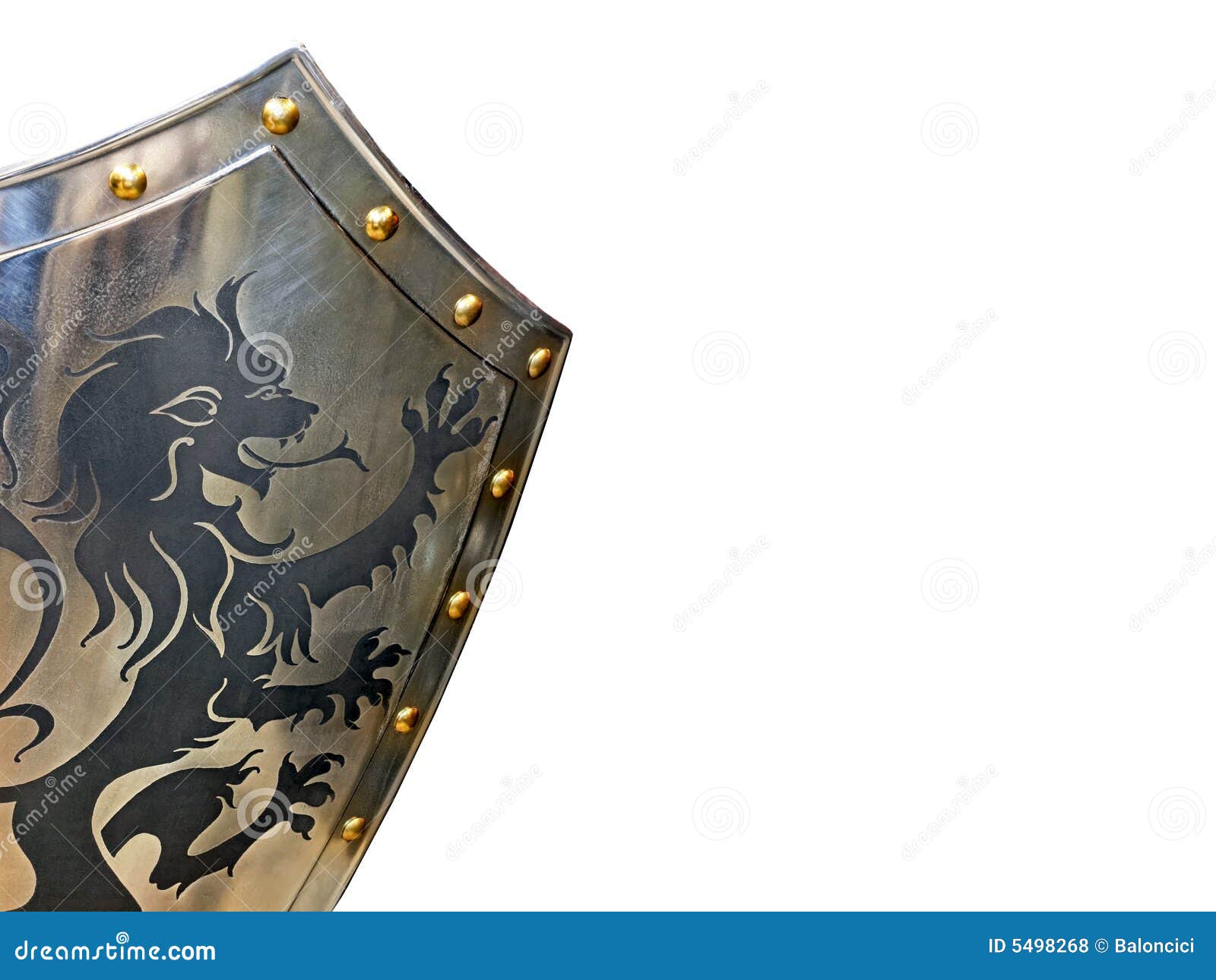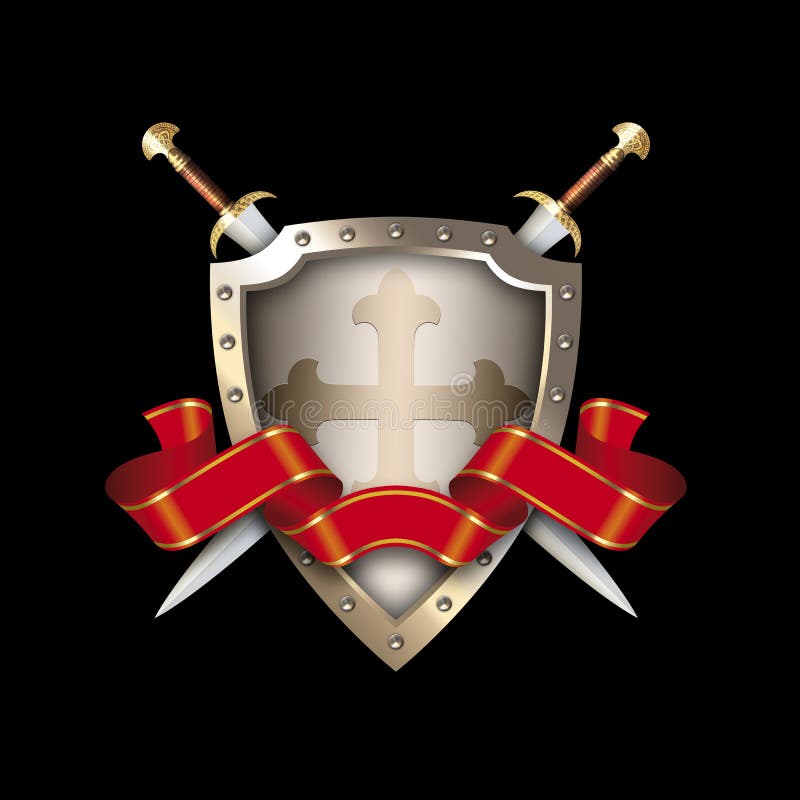

Often shields were decorated with a painted pattern or an animal representation to show their army or clan. The shield was held by a central grip or by straps with some going over or around the user's arm and one or more being held by the hand. Sometimes they took on the form of kites or flatirons, or had rounded tops on a rectangular base with perhaps an eye-hole, to look through when used with combat. They were carried by foot soldiers, knights and cavalry.ĭepending on time and place, shields could be round, oval, square, rectangular, triangular, bilabial or scalloped. In classical antiquity, the Barbarian Invasions and the Middle Ages, they were normally constructed of poplar tree, lime or another split-resistant timber, covered in some instances with a material such as leather or rawhide and often reinforced with a metal boss, rim or banding. In prehistory and during the era of the earliest civilisations, shields were made of wood, animal hide, woven reeds or wicker. Finally, shields vary greatly in shape, ranging in roundness to angularity, proportional length and width, symmetry and edge pattern different shapes provide more optimal protection for infantry or cavalry, enhance portability, provide secondary uses such as ship protection or as a weapon and so on. Shields also vary a great deal in thickness whereas some shields were made of relatively deep, absorbent, wooden planking to protect soldiers from the impact of spears and crossbow bolts, others were thinner and lighter and designed mainly for deflecting blade strikes (like the roromaraugi or qauata). Shields vary greatly in size and shape, ranging from large panels that protect the user's whole body to small models (such as the buckler) that were intended for hand-to-hand-combat use. Shields are used to intercept specific attacks, whether from close-ranged weaponry or projectiles such as arrows, by means of active blocks, as well as to provide passive protection by closing one or more lines of engagement during combat. Chances are you'll find something that is sized just right and shaped to perfectly protect you, when you march into medieval combat.Wall painting depicting a Mycenaean Greek "figure eight", 15th century BC, National Archaeological Museum, AthensĪ shield is a piece of personal armour held in the hand, which may or may not be strapped to the wrist or forearm. If that sounds good to you, then take a moment to browse through Medieval Armour's functional shields. That's right, these metal shields and wood shields are designed to take a beating and continue on, just like the shields of old! A good steel shield is a perfect re-enactment shield or SCA shield to carry into battle and protect yourself with! And even better, after you've won the day, you can hang up these functional shields for display, because nothing's better than being able to tell stories about the battles you won with your display pieces. We even offer renaissance shields and bucklers, for all those who seek a more refined and agile form of fighting! The best part about every one of these shields, from knight shield to Viking shield to buckler, is that each one is fully functional. We also offer a staggering array of medieval shields, in a variety of types, ranging from the traditional knights shields like the heater shield and the kite shield, to the more common round shield, which has been in use since before the Greek era. We offer a number of Greek metal shields and functional Roman shields, many of which are emblazoned with various designs and symbols that pay homage to the Greek and Roman cultures.

In essence, you'll find a few different eras of shields floating around here. These battle ready shields are ready to go, providing a secure and sturdy defense that will enable a warrior to deflect blows and defend himself (or herself) with ease. If you're planning on using your medieval or renaissance shield, then you can bet that you're going to want to get it from Medieval Armour's selection of functional shields and bucklers.


 0 kommentar(er)
0 kommentar(er)
